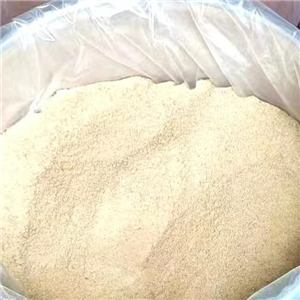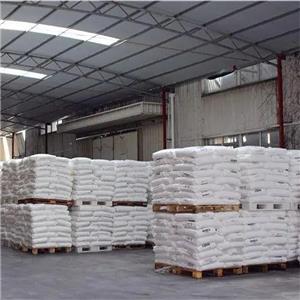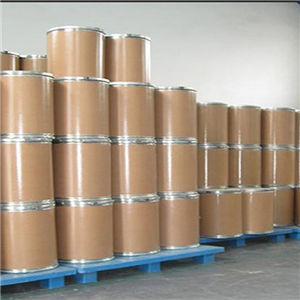Liquid metals shake up century-old chemical engineering processes
Findings published in Nature Nanotechnology today offer a much-needed innovation that moves away from old, energy-intensive catalysts made from solid materials.
The research is led by Professor Kourosh Kalantar-Zadeh, Head of the University of Sydney's School of Chemical and Biomolecular Engineering, and Dr Junma Tang, who works jointly at the University of Sydney and UNSW.
A catalyst is a substance that makes chemical reactions occur faster and more easily without participating in the reaction.
Solid catalysts, typically solid metals or solid compounds of metals, are commonly used in the chemical industry to make plastics, fertilisers, fuels and feedstock.
However, chemical production using solid processes is energy intensive, requiring temperatures of up to a thousand degrees centigrade.
The new process instead uses liquid metals, in this case dissolving tin and nickel which gives them unique mobility, enabling them to migrate to the surface of liquid metals and react with input molecules such as canola oil.
This results in the rotation, fragmentation, and reassembly of canola oil molecules into smaller organic chains, including propylene, a high-energy fuel crucial for many industries.
"Our method offers an unparalleled possibility to the chemical industry for reducing energy consumption and greening chemical reactions," said Professor Kalantar-Zadeh.
"It's expected that the chemical sector will account for more than 20 percent of emissions by 2050," said Professor Kalantar-Zadeh.
"But chemical manufacturing is much less visible than other sectors -- a paradigm shift is vital."
How the process works
Atoms in liquid metals are more randomly arranged and have greater freedom of movement than solids.
This allows them to easily come into contact with, and participate in, chemical reactions.
"Theoretically, they can catalyse chemicals at much lower temperatures -- meaning they require far less energy," Professor Kalantar-Zadeh said.
In their research, the authors dissolved high melting point nickel and tin in a gallium based liquid metal with a melting point of only 30 degrees centigrade.




